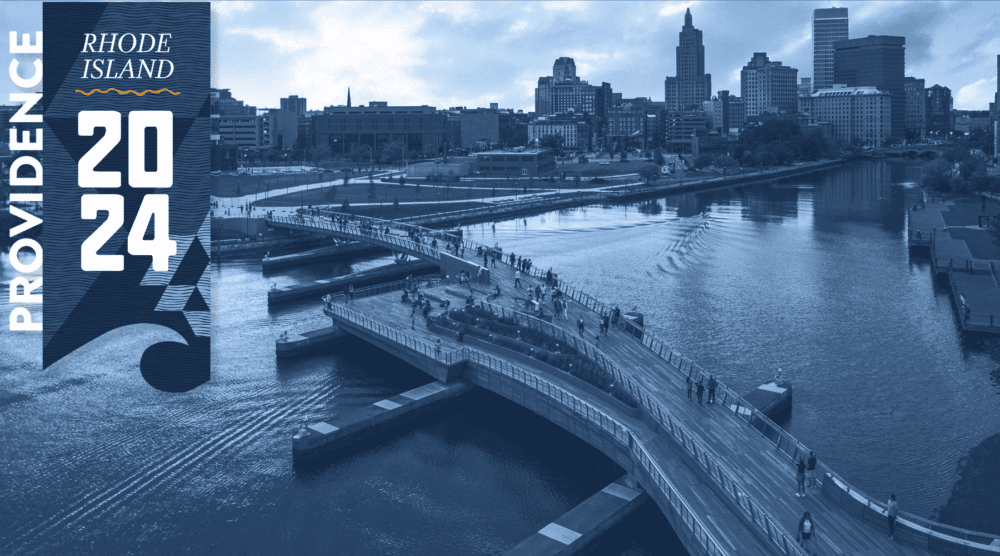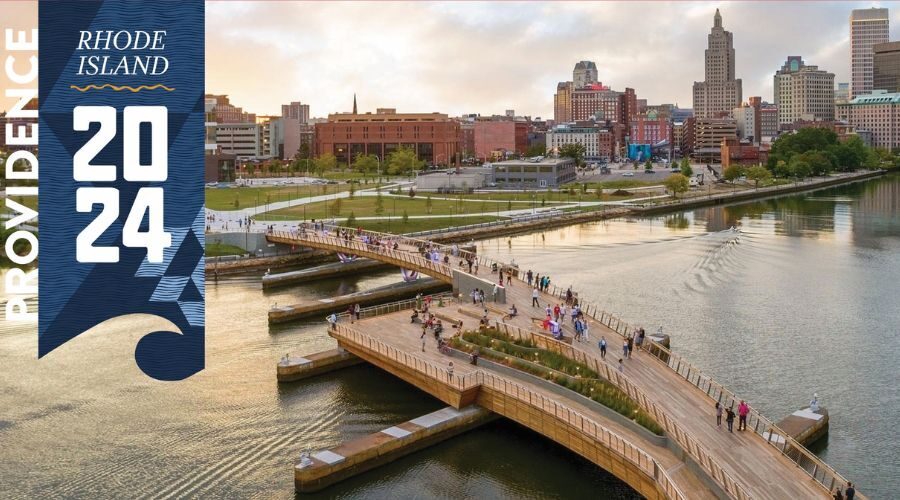Energy of Motion: Experiencing Change in Kinetic California
The Federation of State Humanities Councils and the National Humanities Alliance are excited to announce the 2022 National Humanities Conference, which will be held in Los Angeles, California November 10-13, 2022. This annual conference brings together representatives from colleges, universities, state and jurisdictional humanities councils, cultural institutions, and other community-based organizations to explore approaches to deepening the public’s engagement with the humanities.
Los Angeles – home to 13.1 million people – is the second largest metropolitan area in the country. Whether engineering space flight at the NASA Jet Propulsion Laboratory, working in the movie and television industry, cooking up the latest culinary sensation in a fusion food truck, or playing at the beach, Angelenos are a study in energy of motion. Ideas are on the move too, connecting history, culture, and innovation with the cool, cutting-edge vibe of the City of Angels. It’s not just Los Angeles that is paving the way to the future. The State of California is the fifth largest economy in the world, a global leader in climate change policy and technology. All of this generates the excitement and friction of a Kinetic California.
Energy of Motion is a physics term that describes kinetic energy resulting from the movement of objects. There are many forms of kinetic energy – vibrational, rotational, and translational, for example. Movement also often creates friction, the force that acts between moving surfaces. Kinetic energy in our social, economic, intellectual, and creative lives comes from positive experiences of “bouncing off” each other in casual interactions as well as the broader intersections between different groups and communities. Of course it also arises from conflicts and contradictions – between the haves and have nots, the powerful and the powerless, those whose voices have been heard and those who are silenced – that generate the energy that drives social, cultural, and political change. As movement is everywhere, not just in California, we hope this conference will encourage you to think about the ways in which our world is in flux and how the ongoing changes and movements around us touch on and motivate our work.
Movement of people – from the Indigenous people whose lands it remains, to Dust Bowl and great migrations to California to multiple waves of immigration and seasonal migrant labor, movements of people over centuries have created extraordinary cultural dynamism and interactions that produce interesting hybrid formations of all types. How can the public humanities respond as population movements of the present and future continue to reshape our world?
Movement of ideas – Los Angeles, Silicon Valley, and California as a whole offers an exceptionally fertile ground for creativity, thought, and imagination – visual, performing, literary arts, as well as technological, humanities, and scientific advances. The movement of ideas is integrally connected to the movement of people. European refugees from Nazi Germany transformed Hollywood. Latin American and Asian American exiles and emigres and their children have given the U.S. new literary figures such as Cathy Park Hong, Hector Tobar, and Viet Thanh Nguyen. The Afrofuturism of Octavia E. Butler was born in Southern California. What are some of the new movements of the realm of ideas today, and how are they taking shape in the public humanities?
Moving images – Hollywood and Los Angeles are inseparably entwined in the global imagination. The moving picture wasn’t invented in California, but it made its mark on LA and LA made its mark on the moving image. There has always been a symbiotic relationship between art and place, between art and technological innovation. How can we better understand the developments of this medium over time and how those changes are related to broader social currents, such as the #MeToo and #OscarsSoWhite protests?
Social movements – political and social movements (both progressive and regressive) have played a formative role in shaping the city and the state. How are these transformations related to wider changes in the contemporary national political landscape? How do the public humanities contribute to our understanding of the changes we see unfolding?
Movement of the earth – nothing is ever static, including the environment we humans live in. In California, earthquakes (kinetic energy release!) are always possible, and in recent years, fire has reshaped millions of acres. How have we (literally) moved mountains and water, and what have been the consequences? How should the humanities respond to the challenges posed by climate change?
Movement in the humanities – the humanities themselves are not static. What changes are occurring in the humanities at the present moment? Where are the innovations in public humanities work and scholarship emerging and what does the future and purpose of public humanities programming look like?
After many months of being in stasis because of the global pandemic, we are all craving movement, travel, activity – and Los Angeles is the perfect place to experience this, to accelerate our connections and create greater humanities energy together. The 2022 National Humanities Conference in Los Angeles is an opportunity to envision how the humanities contribute to understanding movement and the energy that results, as well how the humanities themselves generate kinetic energy that transforms individual and collective lives.


